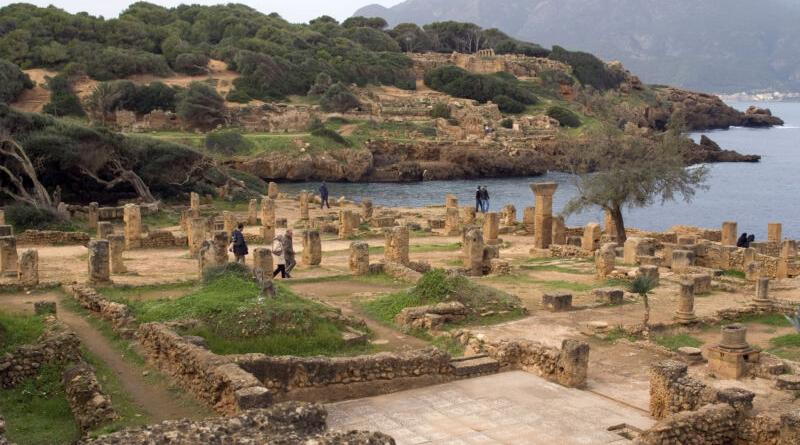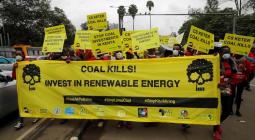Climate change is expected to hit heritage sites across Africa

Climate change is poised to impact not just our present but our history as well. According to the IUCN, climate change has now become “the most prevalent threat” to heritage sites around the world. Many wealthy countries like the United States have data about what's likely to be impacted, but other parts of the world are facing a dearth of information on this issue.
New work performed by an international team of 11 researchers across various disciplines aims to address this lack of data for the continent of Africa. The team identified hundreds of sites with cultural importance and compared their locations to where future sea level rise flooding and erosion is expected to occur in the future. “If you have erosion, you’re more likely to have flooding, and vice versa,” Joanne Clarke, a professor of archaeology at the University of East Anglia and one of the authors, told Ars.
Clarke noted that this information could be used to help protect the sites and better understand which parts of the continent need more protection. Further, she argued that the ways in which we look at the issue of climate change and heritage sites is skewed toward wealthier parts of the world, which are better able to manage the worst of the world’s shifting climate.
Making the map
The researchers started by compiling a list of UNESCO World Heritage Sites. But the team had to add tentative World Heritage Sites—locations that have not been formally recognized but that countries have put forward for the list—and wetlands sites protected by an international treaty. “We started with World Heritage Sites to be honest, but then we realized there weren’t enough. Africa is actually really poorly represented on the World Heritage list,” Clarke said.
This gave the team a database of 284 sites. Clarke noted that tentative sites don’t have coordinates on a map like full-fledged UNESCO sites do, so the team had to spend close to a year looking back through existing literature to find maps and other indicators of where the sites were. From there, the researchers used Google Earth imagery to place them. “It was a really slow process,” she said.
They then created geographic information system shapefiles for each site. The team’s modelers created anticipated flood maps of coastal regions and overlaid them onto these files. This resulted in a data set showing how climate change—particularly coastal erosion and sea level-rise flooding—might impact areas of cultural importance along Africa’s coast.
“It’s actually a site people live in”
According to the research, 56 of the sites are currently at risk of seeing a 100-year extreme sea level event. These include the ruins of Tipasa in Algeria and the North Sinai Archaeological Sites Zone in Egypt. By 2050, this number will triple to 191 if carbon emissions stay roughly on course. Heritage sites on small islands are particularly at risk. The number of highly exposed sites could be reduced by 25 percent if greenhouse gas emissions are effectively curbed by 2050, however.
Clarke said that data sets like the ones she and her team created for Africa are more common—and often have higher-resolution data—in richer parts of the world like North America. Other places like Pacific island states also suffer from a dearth of information on how climate change could impact their heritage sites. This is particularly problematic, as many of these areas are also more likely to experience stronger negative climate change impacts than the global north, she said.
In another paper—released around the same time as the recent one—Clarke argued that more work needs to be done in creating data sets like this for low- and middle-income countries. The hard data can enable local heritage managers to leverage funding from the government or for international funding for research and protecting the sites, she said. Further, many of the areas are also inhabited by people. Ganvie, a city built entirely on stilts in the West African nation of Benin, is one example. “It’s not just a heritage site. It’s actually a site people live in,” Clarke said.
Nature, 2022.
Doug Johnson Doug Johnson is a Canadian writer, editor, and journalist, who focuses on science, tech and the environment.
cover photo: Tipasa, a Roman site in Algeria, faces a high risk from sea level rise. / Ethel Davies / Getty Image






